How Long Does a Commercial Fit Out in NZ Take?
Commercial fitouts are a vital part of getting an interior commercial space ready for occupation. They’re more than just renovations – they encompass elements like raised access floors, special lighting fixtures, and suspended ceilings to meet the unique requirements of occupants.
Jason Horne, Director at Total Fitouts Bay of Plenty says; “A commercial fit out project, essentially is tailoring your space to align with business needs. Think for a commercial office fitout, having finished meeting rooms with top-notch A/V equipment or cozy kitchen areas where team members can spend time relaxing. The wait is well worth the effort, as a commercial fit out can take anywhere from eight to fourteen weeks depending upon the size and complexity of the project.”

Difference Between Commercial Fitouts And Renovations
Rather than focusing on structural changes as in a renovation, commercial fit outs zero in on making the space functional and move-in ready. But don’t get it twisted; this doesn’t mean aesthetics take a back seat. Aspects like design development play crucial roles too.
Luther Crowther, Director at Total Fitouts Auckland Central says; “Blinds shielding natural light may be adjusted based on workstation locations while internal finishes could reflect branding colours. So next time you walk into an aesthetically pleasing yet highly functional unit – that’s likely the result of careful planning during a commercial fitout process. A total fit out experience often involves adding colours to a space, making the ceiling and interior space aesthetically pleasing, and working through some minor structural changes to make the perfect space.”
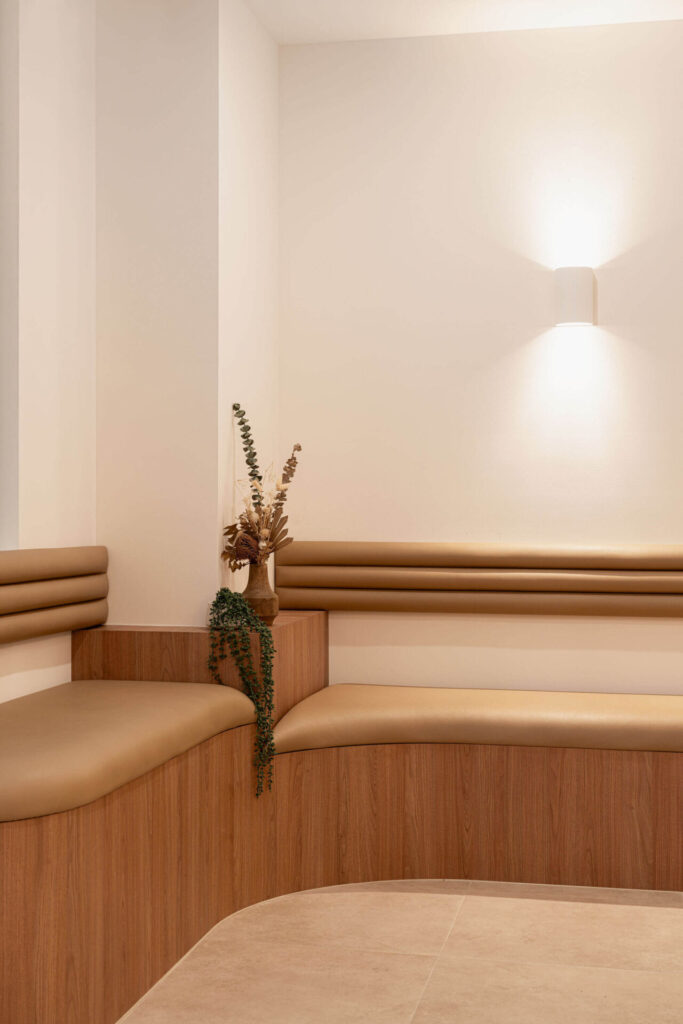
Types of Commercial Fitouts
Commercial fitouts fall into three main categories: shell and core, Category A, and Category B. Each has a unique purpose and plays a crucial role in transforming an interior commercial space into a functional unit.
Role of Cold Shells in Commercial Interior Construction
A cold shell and core fit out, often referred to as the “white box”, is the first step in the process. It involves customising spaces to specific specifications set by landlords or property owners.
This type of fitout ensures that basics such as HVAC systems, plumbing fixtures, and raised access floors for cabling needs are put in place before tenants move in. The objective here is to create basic functional units ready for renting while leaving aesthetics aside.
The next stage comes with Category A commercial fit outs which add on more features like suspended ceilings, lighting fixtures etc, making it tenant-ready but left bare enough so that businesses can bring their branding vision alive through commercial design development.
Category B fitouts, however, focus mainly on aesthetic commercial design aspects like office layout designs ensuring natural light availability or installing air conditioning depending upon business requirements thus giving finishing touches and turning your commercial space ready for occupation.
Jason Horne adds; “In order of priority, the Category B fit-out takes longer, because you are fitting the space for the desired specs, a Category A is just fitting a new space for occupancy. Cold shell-and-core fitouts make sure that the core functionality of the building is in place and is very similar to renovating or finishing a building.”

Planning Your Commercial Fit Out Project
Starting a commercial fitout project is an exciting time. But it also needs careful planning to ensure success.
Luther Crowther further adds; “Your first step should be to get comprehensive price estimates. Getting accurate pricing info is essential for avoiding unexpected costs and helping you stick to your budget. Working with a professional fitout company like Total Fitouts New Zealand will help make sure your shopfit project is a success.”
A critical aspect of this planning phase involves aligning your design with your branding. It’s not just about aesthetics, but creating an environment that embodies your brand values and identity.
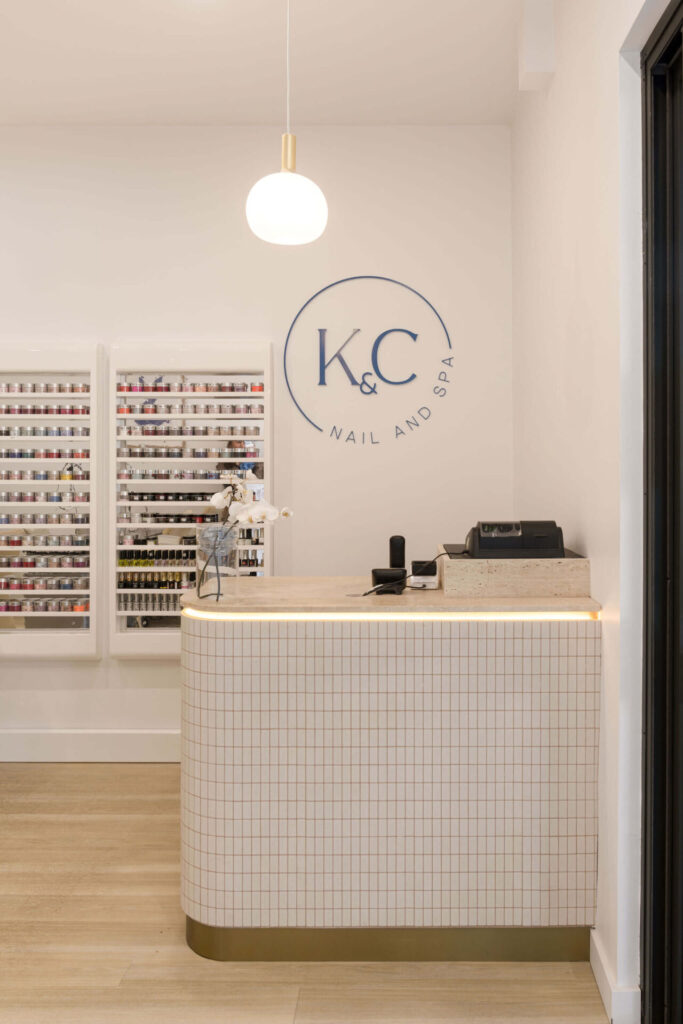
Importance of Legal Contracts in Commercial Fitouts
The legal side can often seem daunting, especially when it comes to understanding who is responsible for what during the commercial fit out process. Here’s where legal contracts come into play, acting as vital tools for clarification between tenant, landlord, and contractor regarding cost coverage or timing options among other things. Read more to learn about the legal requirements for a fit out in New Zealand.
Besides pricing and branding considerations, efficient service system designs, IT and telecoms migration are important factors too; they ensure seamless operations once you move into the new space.
Last but certainly not least: think future expansion. Incorporating built-in opportunities for growth from day one can save headaches later on as business expands. Making sure all the paperwork is in place will make sure that the project moves along without delay.
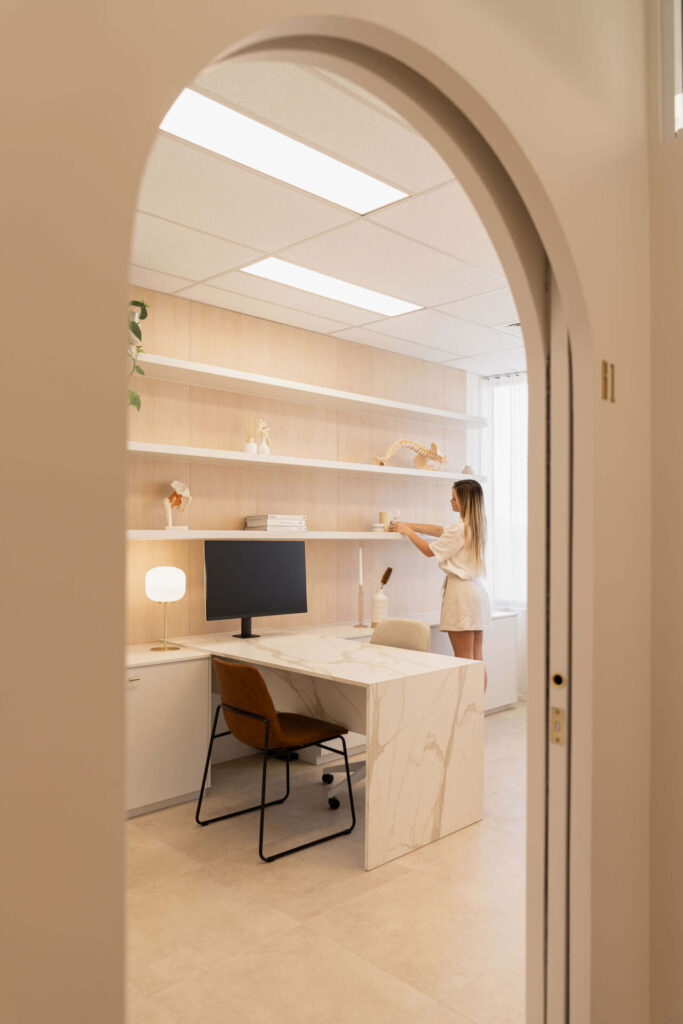
Execution of a Commercial Fitout Project
Your commercial fit out project is more than just sprucing up an office space. Constructing a workspace that stimulates expansion, energises your personnel, and mirrors the particular needs of your enterprise is what this commercial fitout project is all about.
The journey starts with selecting a competent fit out company like Total Fitouts NZ. With years of experience in commercial interior design and construction services, Total Fitouts NZ can provide the knowledge necessary to make your workspace ideal for both you and your team.

Luther Crowther says; “Total Fitouts NZ will guide you through building search and appraisal to ensure you get the best deal on your commercial space. They’ll also help navigate government requirements, ensuring all tenant improvements are done right.”
Next step is engaging a legal team who can clarify cost coverage, timing options, furnishings, finishing responsibilities, etc., making sure there are no nasty surprises down the line. Unsure about how your business can operate during the commercial fitout process? Read more on this to learn the advantages of undertaking a commercial fitout whilst your business is in operation and how it can benefit different types of businesses.
Choosing Total Fitouts New Zealand as your fit out partner means tapping into their vast experience in design development from layout design to lighting fixtures selection – they’ve got you covered.
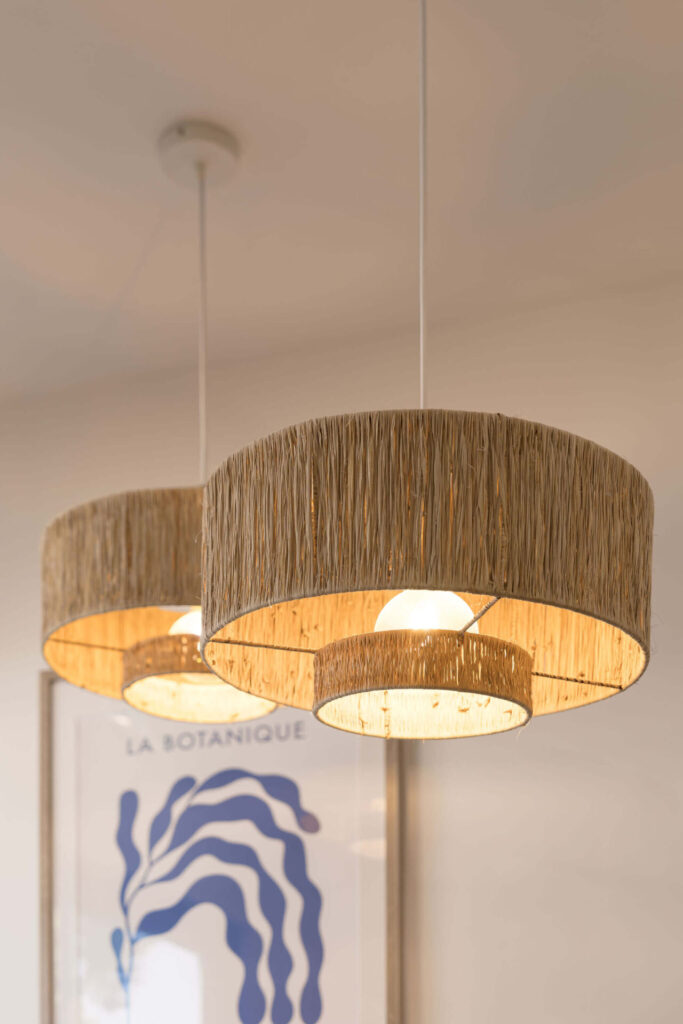
Pre-construction Planning
This phase includes drawing up detailed plans based on discussions with business owners about how their workspace should function now while considering future growth possibilities too.
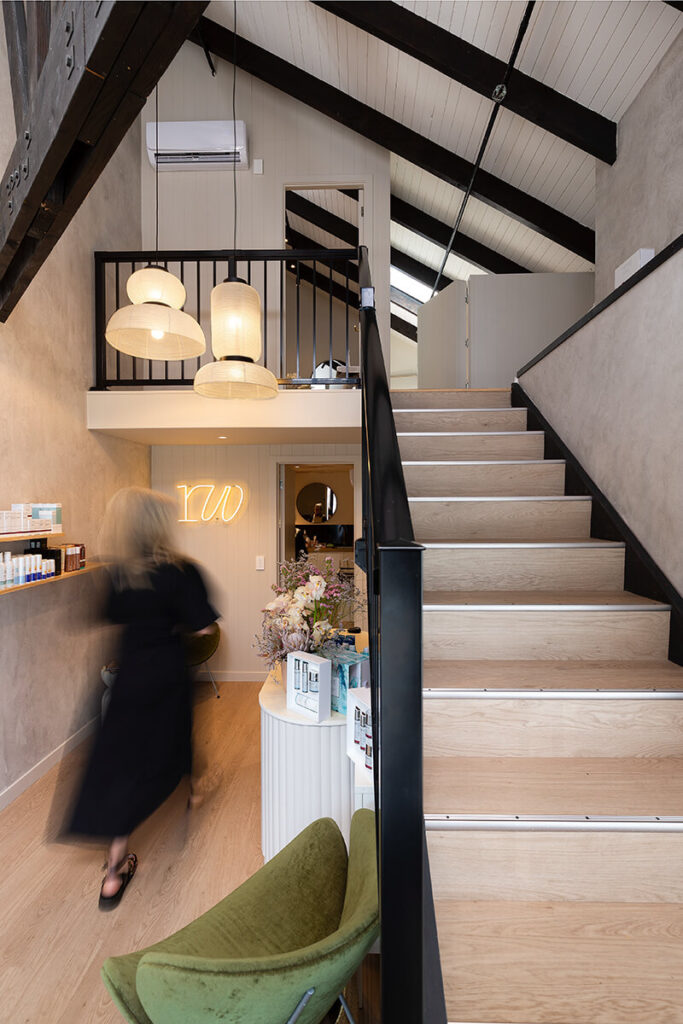
Ongoing Maintenance
Last but not least; maintenance. Your beautiful new space needs love over time, so make sure ongoing upkeep forms part of your agreement before wrapping things up.
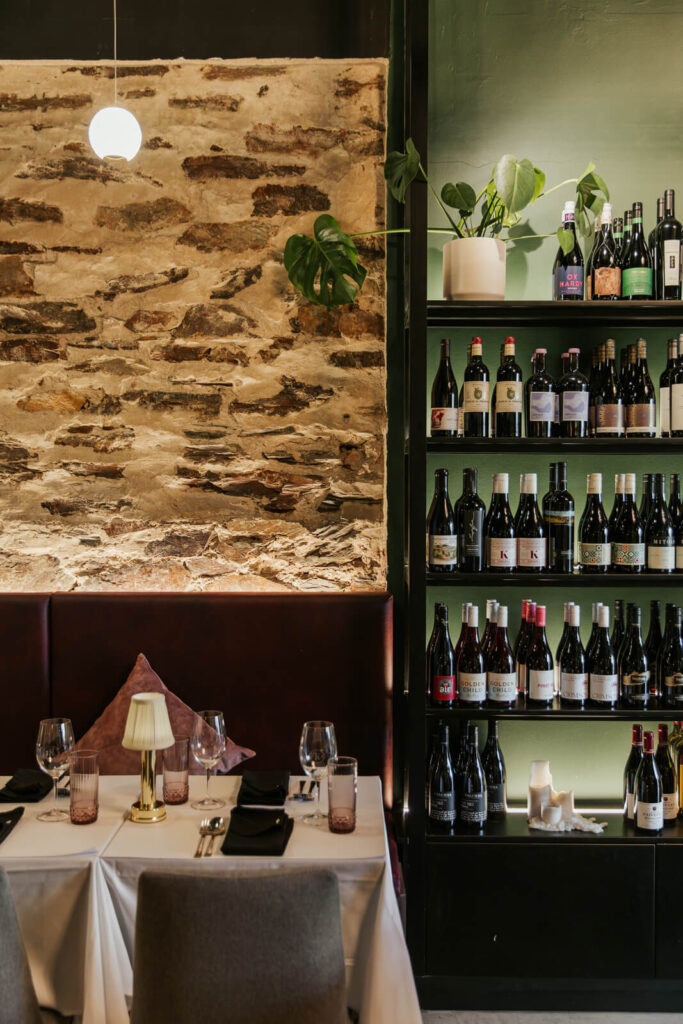
Common Mistakes in Commercial Fit Outs
Avoiding pitfalls is crucial for any successful commercial fit out project. But what exactly are these common missteps? Let’s dive into the details.
Jason Horne says; “The first error we often see is rushing through planning. Planning a commercial fitout isn’t just about aesthetics; it involves a myriad of elements like layout commercial design, budgeting, and meeting government requirements. Skipping this phase can lead to serious problems later on – imagine an office space that doesn’t comply with fire protection systems regulations or fails to provide sufficient natural light.”
Dysfunctional layout commercial interior design is another blunder we encounter frequently. It’s not enough for a wellness and beauty spa to look good – it needs functional spaces too. A poorly planned space could result in inefficient treatment rooms or issues with the functionality of the flow of the spaces.
Inappropriate budgeting also lands many business owners into trouble during their commercial fit out projects. Not allocating adequate funds might leave you short when installing essentials such as air conditioning or raised access floors, leaving your interior commercial space bare instead of move-in ready.
Investopedia suggests involving legal contracts early on can help avoid some of these mistakes by clearly outlining roles and responsibilities between tenant improvements and landlord duties from start till finish.
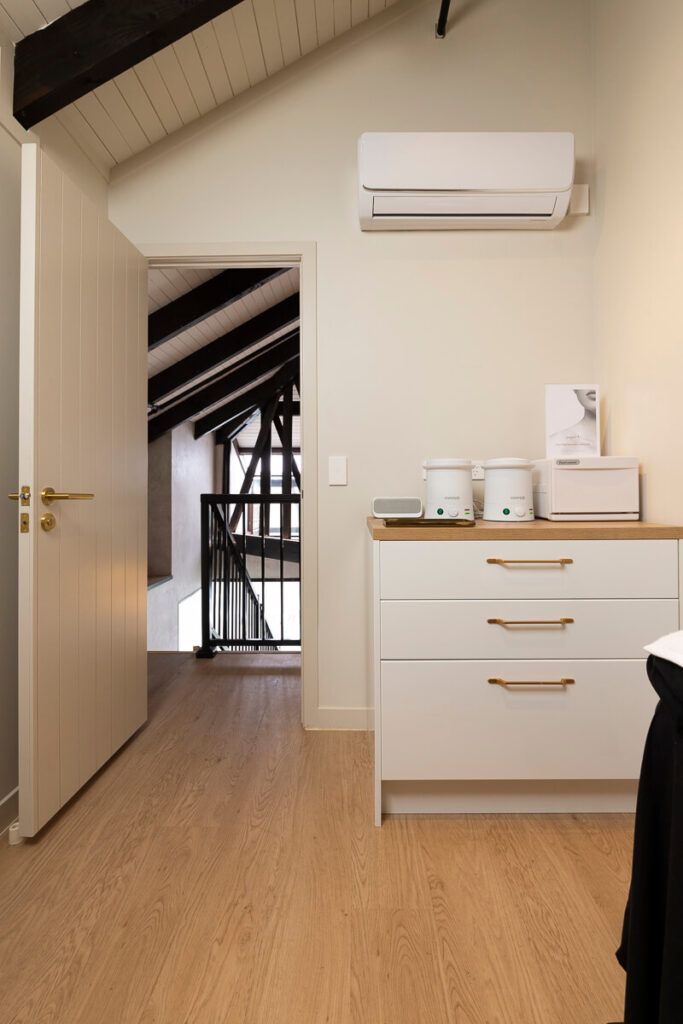
Every commercial fitout project is a journey. A journey that begins with understanding the difference between renovations and commercial fit-outs. It’s about knowing how shell and core, Category A, or Category B fits into your unique requirements. These items will make sure that your commercial fitout moves from start to finish within the desired timeframe:
- Carefully plan our projects, considering everything from price estimates to design alignment with branding.
- Selecting the right team members for your project is crucial; as well as maintaining open lines of communication throughout the process.
Each step in this path can make all the difference between a functional space and an extraordinary one and will make sure that your project is finished within the average eight to fourteen weeks required to complete the project.
Looking for a commercial fitout? Inquire with us today.
